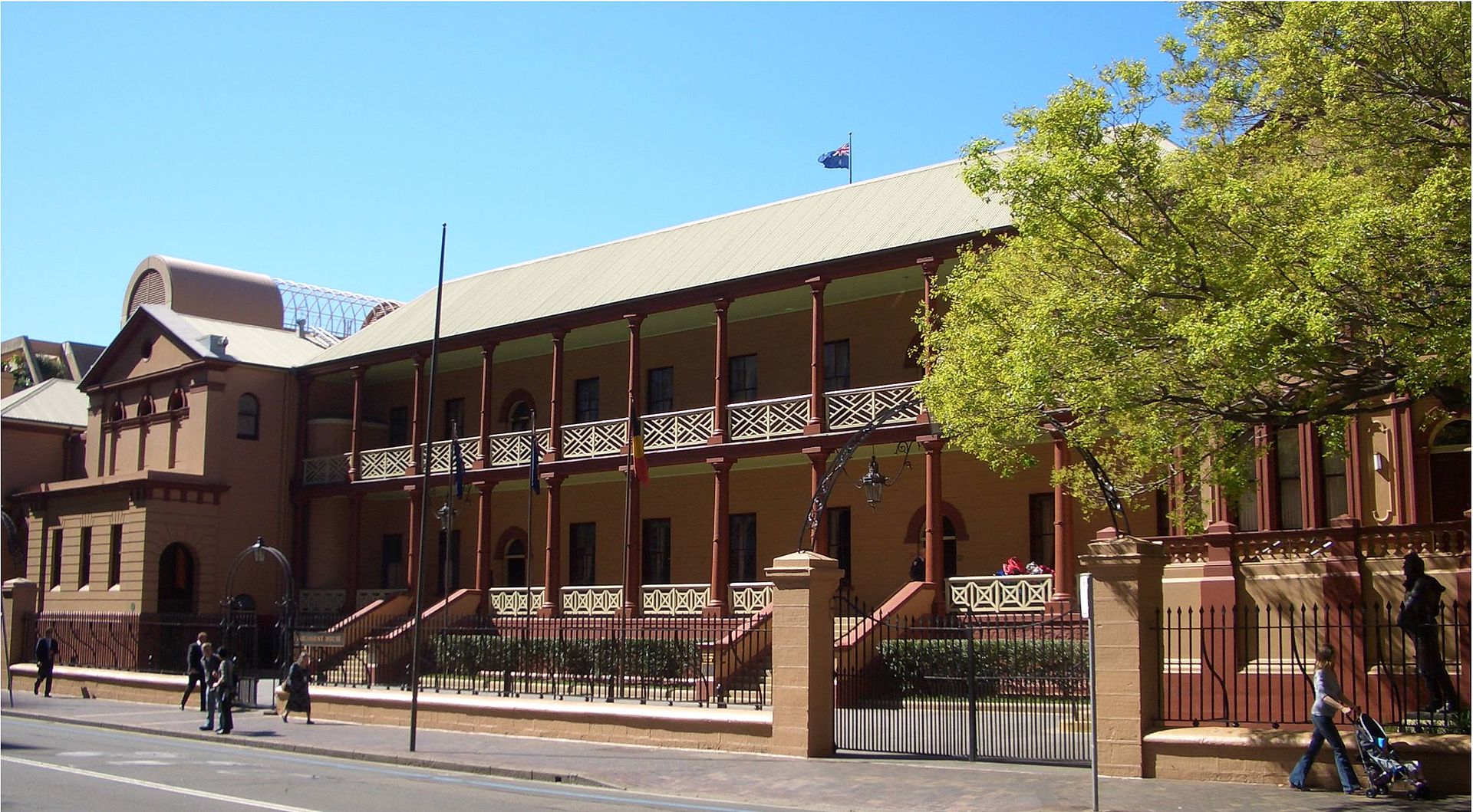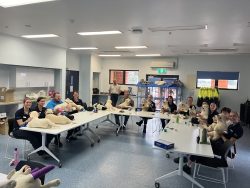Mitigating economic risks in local communities is critical to addressing the financial uncertainty and extreme poverty which push children into child labour around the world, says UNSW Business School.
More than 200 million children (one in seven worldwide) are child labourers. Of these, an estimated 120 million children are in hazardous work, and 73 million are under the age of 10. Child labour is the highest in Sub-Saharan Africa, where traditional livelihoods have become increasingly threatened by climate disturbances and insecurity. While the United Nations Sustainable Development Goals aim to end child labour by 2025, under the current rate of progress, there will be 121 million children still engaged in child labour.
Child labour is a story about economic uncertainty and extreme poverty, says Dr Sarah Walker, Senior Lecturer in the School of Economics at UNSW Business School. While paid child labour is often a response to intolerable circumstances, it can seriously undermine child welfare in the future, says Dr Walker. Her latest research reveals questions of agency, or the capacity for children to act independently and make their own choices, are central to addressing child labour.
When do children have a say in child labour decisions?
Dr Walker and UNSW Arts & Social Sciences Associate Professor Anne Bartlett are the co-authors of a recent paper Risk and Agency in Child Labor Decisions: A Study of Pastoralists in Northern Kenya. Their study of 550 child labourers from a pastoralist community in Turkana, Kenya, shows children with a lower tolerance for financial risk are more likely to decide to work in the nearby refugee camp where they can negotiate how much they earn.
“We’ve always thought about child labour as a decision the parents are making, but something that struck us when we were doing a completely separate study on refugees and the impact of refugees on local communities was these kids seemed like they had a role in the decision making [to work],” says Dr Walker, who was speaking ahead of an upcoming BusinessThink webinar on When do children have a say in child labour decisions? which will be held on 18 November 2020.
The majority of past studies assume parents decide for children to work. Yet this assumption may not always be correct in environments of extreme poverty and instability, where children mature quickly and are often forced to make decisions about their survival, says Dr Walker. The new findings, therefore, show evidence of children making decisions in challenging environments and provide insights into policies that might help reduce child labour in regions affected by insecurity and conflict.
What leads to child labour?
Child labour is often the symptom of much broader and deeper issues around extreme poverty and economic insecurity. Indeed, more than 90 per cent of Turkana households live below the poverty line, and more than 10 per cent of children are engaged in some form of child labour. In this particular part of Kenya, households are traditionally pastoralists, herding cattle to make a living while their livelihoods depend on the climate.
But this area is now experiencing the effects of climate change – droughts are becoming more frequent and more prolonged in duration and households are facing a lot of insecurity about their livelihoods. On top of this, there are also conflicts happening within Kenya and neighbouring districts.

“If we can find ways to mitigate economic risk in the local community there wouldn’t be such a need to supplement income”: Dr Sarah Walker, Senior Lecturer, School of Economics at UNSW Business School
So these households are faced with an enormous amount of economic risk. “What we see in our findings is that the decisions that children are making around their labour supply correlate with this context of risk,” says Dr Walker. In this context, child labour is an unfortunate consequence of the economic uncertainty, and has less to do with the demand of global supply chains, she says. But the study offers two key insights that can help tackle child labour as a global issue.
First, some children made decisions about their labour supply, which is not something that has a lot of empirical evidence. Secondly, the key driver of decision-making is the children’s context of economic risk and insecurity that these families find themselves in. “Child labour is a horrible way to spend your life but in some ways, working for pay with a refugee household, carrying water or carrying firewood is far less risky than walking around herding cattle in an area of civil conflict and climate risks,” Dr Walker says.
Solutions: mitigating the economic risks
If child labour is a symptom of poverty, addressing the root of the issue is where the solutions lie. So how do you tackle some of the big issues such as poverty, instability, and climate change, to prevent child labour? “If we can find ways to mitigate economic risk in the local community there wouldn’t be such a need to supplement income,” says Dr Walker. For example, she says that with child labour, something that several economists have been trying to study in this region is the feasibility of agricultural insurance.
The government of Kenya should consider products like livestock insurance or climate insurance to help smooth the consumption or the income of households which are engaged in pastoralism in these regions. “Insuring livestock against these risks from climate change is something that many economists have been working on. There are some issues around explaining how the product works and getting households to take up the product, but I do think that there are potential policy solutions. And that works through mitigating economic risk and uncertainty in the local community,” says Dr Walker.
To date, a lot of the solutions around child labour have been targeted at parents, so another resolution or policy implication is to see children as the people who are deciding to work and implementing strategies around this. “Some of the qualitative discussions we had with children and children’s organisations were around the fact that a lot of kids in this region are going to school for a few hours a day and then they’re going to work, and a lot of them say that they don’t stay in school because they need to earn money to get a meal.
“And so if we had potential interventions, even something as simple as supplying meals at school, we might be able to get kids to stay in school. Over time they become educated, they build skills that can be used in other ways to provide other livelihoods for themselves and their families,” Dr Walker says.








